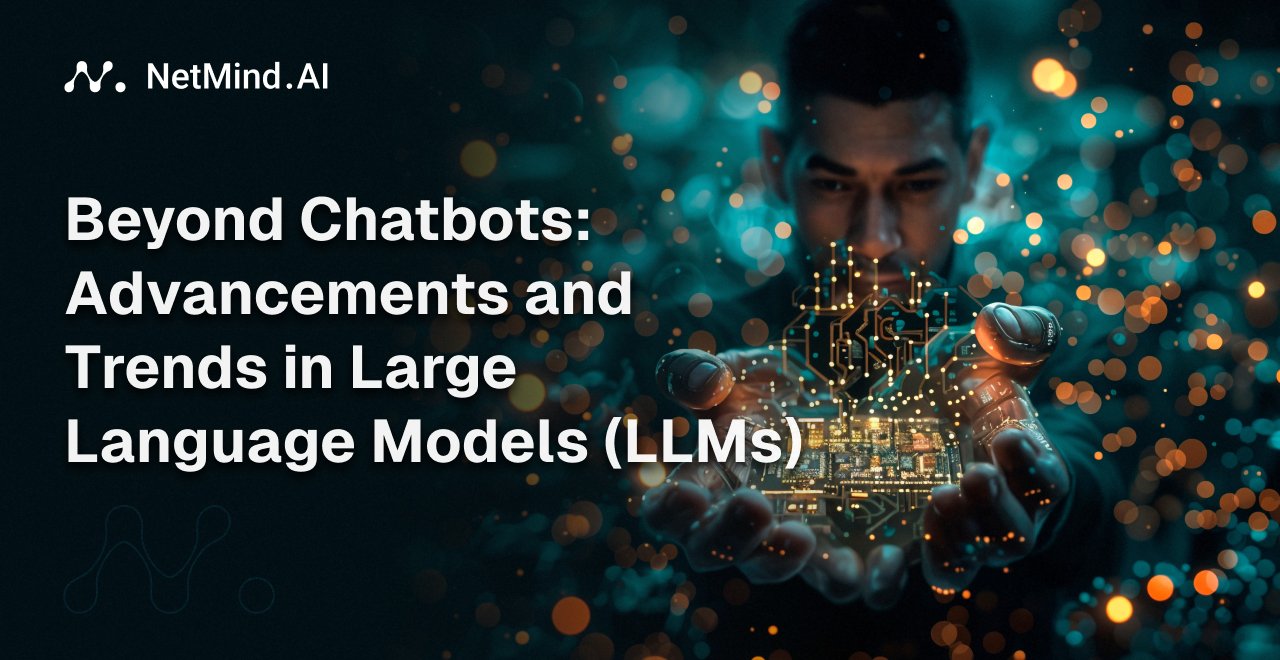Beyond Chatbots: Advancements and Trends in Large Language Models (LLMs)

Large Language Models (LLMs), such as OpenAI's GPT series and Meta's LLaMA, are at the forefront of natural language processing, constantly redefining what AI can achieve. Initially heralded for their conversational capabilities, these models have evolved far beyond chatbots, demonstrating remarkable proficiency in understanding, generating, and reasoning with human-like language. This article highlights the latest advancements in the field with three key trends reshaping the landscape.
Key Ideas
-
Multimodal Large Language Models (MLLMs): Multimodal Large Language Models (MLLMs) combine the strengths of LLMs and Large Vision Models (LVMs), enabling models to handle text, images, and even videos or audio seamlessly. This integration allows MLLMs to perform tasks such as writing website code based on a picture, understanding memes, or solving math problems without relying on OCR. The field has seen rapid growth, especially since the release of GPT-4, with applications ranging from medical image analysis to creating agents that can interact with the real world. MLLMs are becoming more sophisticated in language understanding and user interaction, indicating a rapidly evolving space with significant potential to transform everyday AI use.
-
Smaller, More Efficient Models with Knowledge Distillation: As the demand for AI applications grows, there is an increasing need for efficient models that perform well without requiring massive computational resources. Knowledge distillation is a technique where a smaller "student" model is trained to mimic the behavior of a larger, more complex "teacher" model. This approach allows the student model to achieve comparable performance while being faster and lighter. Recent advancements, such as OpenAI's GPT-4o mini, showcase the benefits of knowledge distillation, offering high performance at a reduced cost. Researchers are continuously optimizing this technique to preserve the teacher model's accuracy, reasoning capabilities, generalization power, and domain-specific knowledge, leading to the development of compact LLMs that can run on edge devices like smartphones or embedded systems without sacrificing performance.
Read more at: blog.netmind.ai
2024-12-19